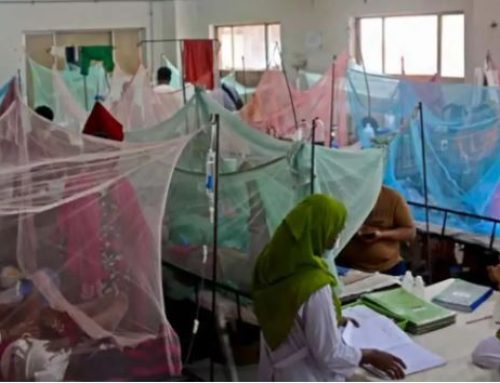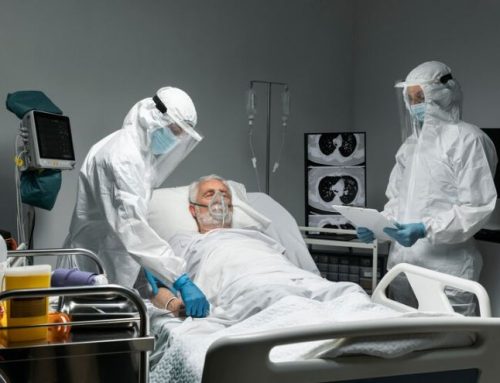Project Description
Author: Ahmmad et al.
Summary:
Systemic lupus erythematosus (SLE) is an autoimmune disorder involving multiple systems and often presents with diverse clinical manifestations. The objective of the present study was to investigate the initial clinical presentations of SLE patients attending a tertiary care hospital in Bangladesh. This cross-sectional study was conducted among 85 SLE patients diagnosed according to the 1997 ACR Revised Criteria for Classification of SLE attending the Lupus Clinic of Bangabandhu Sheikh Mujib Medical University (BSMMU), Dhaka, Bangladesh from January 2012 to June 2013. Sociodemographic and clinical data were collected from patient interviews, physical examinations and medical records. Almost 75.0% of the patients aged below 30 years had a female predominance (male-female ratio 1:5.6). Fever (71.0%), joint pain (60.0%) and alopecia (28.0%) were the most common initial presentations among the patients. Constitutional symptoms such as fatigue, malaise and weakness (23.5%), malar rash (21.0%), oral ulcer (20.0%), photosensitivity (15.0%) and Raynaud’s phenomenon (13.0%) were also present in variable proportions. The musculoskeletal and mucocutaneous systems were most commonly affected (85.0% and 75.0% respectively), followed by lupus nephritis (40.0%), hematological symptoms (22.0%) and vasculitis (17.6%). Out of 85 patients, 78 (92.0%) tested positive for anti-nuclear antibodies. SLE patients commonly present with musculoskeletal and nonspecific symptoms at the initial phase. Hence, physicians should consider this clinical and immunological evidence along with conventional symptoms included in the ACR criteria.
Status: Completed and published
Full text link: https://pubmed.ncbi.nlm.nih.gov/35780368/
Keywords: Systemic Lupus Erythematosus, SLE, Clinical presentation, Clinical features, Autoimmune disease


